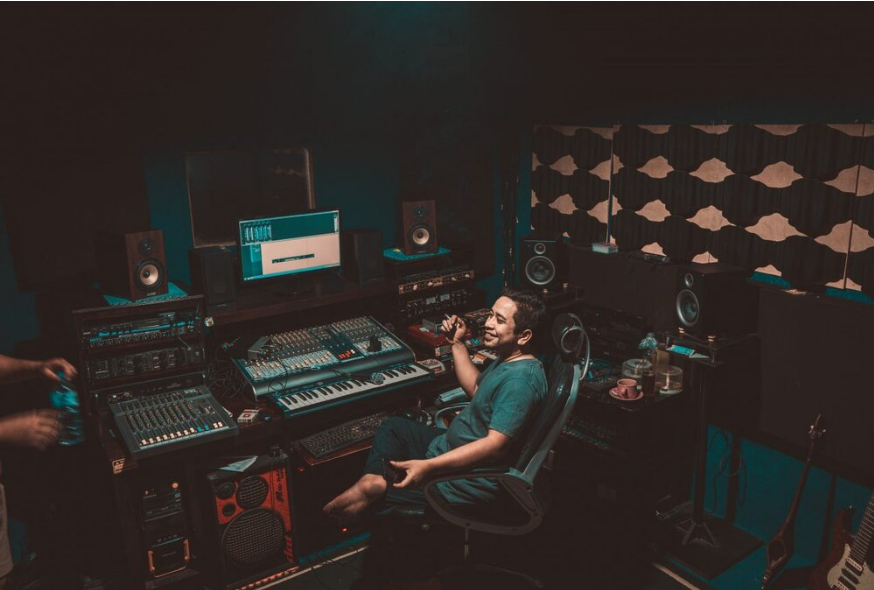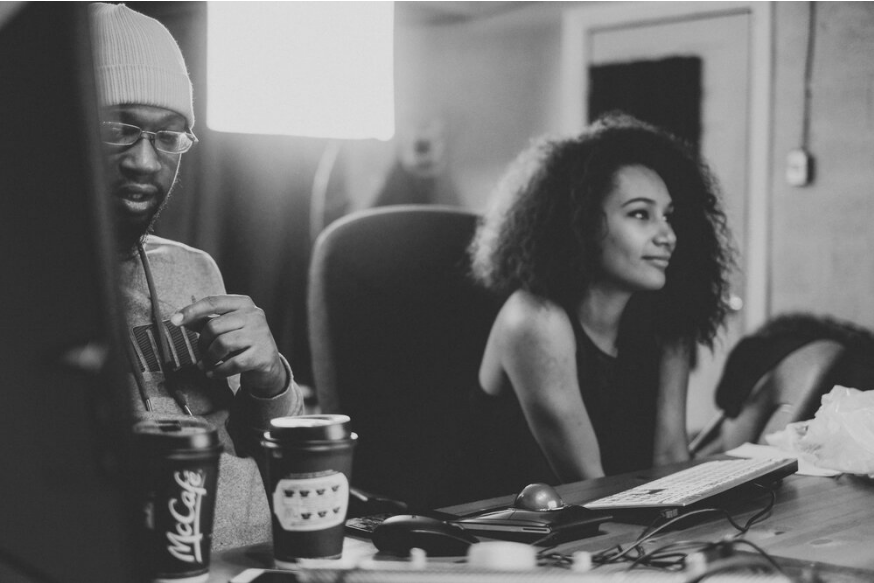 Every recording artist has a first time, meaning, their initial visit into a professional recording studio. It can certainly be overwhelming in more ways than one. Part of what you’ll need to sort through is who everybody is and what they all do there.
Every recording artist has a first time, meaning, their initial visit into a professional recording studio. It can certainly be overwhelming in more ways than one. Part of what you’ll need to sort through is who everybody is and what they all do there.
Traditional recording studios can be fairly hierarchical in the way they work – which can be confusing if it’s not an environment that you are used to. Here’s a cheat-sheet to how it all works.
The Runner
This is the starter position. In different studios this might have a different title and involve different responsibilities – like night reception, tech assistant etc. – but it’s a way for a studio to really assess someone before putting them into a more important job. This person is new to the studio business (although they may well have some pretty good and relevant qualifications) and they are on the first rung of the ladder. A notable aspect of this role is that they don’t actually work in the studios themselves – just in the building. You will very rarely see someone at this position in a control room because their job is to help the studio function from the outside. This could be by fetching coffee and take away food, answering phones and arranging taxis, or fixing broken cables. This position is not always paid (don’t get me started on that) and the goal for the person in this position is to prove their professionalism and show a keen and efficient attitude to their work – no matter how menial it may seem.
The Assistant Engineer
This role has two facets to it – firstly to know the studio, and secondly to help keep the session moving. This is manifested in a number of ways. On the first point, the assistant should know the best place to position a drum kit in the live room, some good options for room/ambient mics in there, and how all the gear in the studio works in case any of it is new to a visiting freelance engineer.
On the second point, an assistant should be getting a feel for what’s happening as the session progresses and set up for whatever they suspect may be coming next. An excellent assistant is one who, when asked to set something up by the engineer, replies that it’s already done. This part of the job is also why the assistant can be the one who gets the teas and coffees. You don’t want the engineer or producer to have to step out of the room to make their own tea as that slows the session down, so if the assistant has a spare minute then he/she should do it. To be clear, the job is a lot more than ‘tea boy,’ but that is one of the minor parts of the gig if required. It’s also worth noting that the assistant is the first to arrive and the last to leave. Set-up and clear down can sometimes be quite extensive (like with big orchestral sessions that requires many mics and headphones ready and checked) so the hours can be very long.

The Engineer
The main job here is to get the sounds to deliver the producer’s vision. If you know much about filmmaking, then an equivalent role is the director of photography (with the producer being the equivalent of a film’s director). The engineer chooses which mics to use, operates the desk and all the other equipment, and probably runs the DAW as well. I say probably because an experienced (and ambitious) assistant can often take over the running of the DAW in a reprisal of the traditional ‘tape op’ role.
| Related posts: |
| Why Performers Need to Keep These 7 Platforms Updated |
| Most Read Guest Blogs of 2020 |
The Programmer
This is the ‘half’ as it’s a role that rarely exists now, but it’s still a term that gets used so worth knowing. Today, the different facets of ‘programmer’ are often absorbed by the producer and band members, but this person was a studio staple back in the days before the advent of soft synths (and when budgets were a bit more… luxurious). Synths & samplers meant hardware, and they were very expensive. A programmer would arrive with a lot of his or her own synths (both racked and keyboards) and would not only be great at playing them but could dial up a huge range of sounds very quickly.
The Producer
This is the toughest to describe as this does vary greatly depending not only on the producer, but also the project. The basic description is that the producer gets the project delivered, according to the vision of the artist and/or label. This can mean anything from simply putting together the right team and staying out of the way, to arranging the track and playing all the instruments on it (as well as being the songwriter and engineer). How a producer gets involved can often have something to do with their background before they became a producer. The two traditional routes being via engineering or being a musician. So, you can expect an engineer-producer to be extremely well-versed in how to use a studio and may do the recording and/or mixing for the project as well. A musician-producer will probably play one or more instruments on the project and might be more involved in the writing and arrangement process. These are very broad guidelines though, and I’ve worked with great producers who operate in the opposite way to how I’ve described above or performed all or none of those roles!
Dom Morley is a GRAMMY Award-winning producer and mixer. The guest on Episode 360 of the weekly “Now Hear This Entertainment” podcast, he engineered on Amy Winehouse’s number one “Back to Black” album and singles for Adele and Morrissey, among others. He also mixed Sting’s “Live at Durham Cathedral” and worked with The Police on the pre-production for their world tour. Based in the UK, he is also the founder of The Mix Consultancy.
